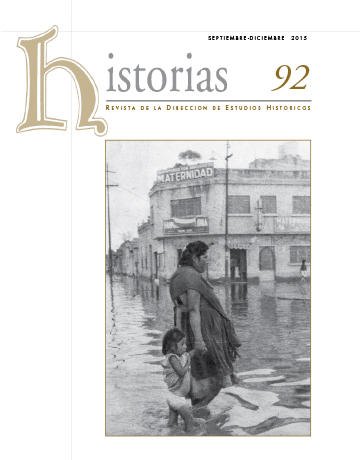Published 2017-06-12
Keywords
- Héctor García,
- fotoperiodismo,
- archivo,
- historia social,
- marginación
How to Cite
Abstract
The understanding of modern historical processes would be incomplete if we did not address the variety of sources available for study. In this sense, photography is a key element whose presence in contemporary visual discourse confers undeniable importance. This article makes use of images from photojournalism through the qualities of one of its foremost twentieth-century Mexican exponents, Hector Garcia, and one of his most iconic works, Ojo! Una revista que ve, to analyze some facets of the social history of contemporary Mexico.
It is based on the uniqueness of an unprecedented and surprising find, the product of archival work, that reveals the contents of issue two of the magazine, unthinkably produced by the circumstances described. These contents refer us to immediate problems of the moment, but that are explained if we consider perspectives and long-lasting structures. Thus, we present a historical analysis that sheds light on the aesthetic and symbolic aspects of photography.
Downloads
References
- John Mraz, “Ojo! Una revista que ve”, en Luna Córnea, núm. 26, 2003, p. 74.
- Héctor García, “Un verano ardiente: el vallejismo”, en Chiles verdes, México, UAM, 2007, p. 207
- Raquel Navarro Castillo, Héctor García en Ojo! Una revista que ve, México, CONACULTA-Centro de la Imagen (Ensayos sobre fotografía), 2012, 117 pp.
- Gabriel Espinosa Pineda, El embrujo del lago. El sistema lacustre de la cuenca de México en la cosmovisión mexica, México, UNAM, 1996, 432 pp.
- Armando Cisneros Sosa, La ciudad que construimos, México, uam-Iztapalapa, pp. 71-72.
- “El Sr. Adolfo Ruiz Cortines, al abrir el Congreso sus sesiones ordinarias, el 1° de septiembre de 1958”, en Los presidentes de México ante la nación, 2ª edición, México, Cámara de Diputados, 1985, t. IV, p. 988.

